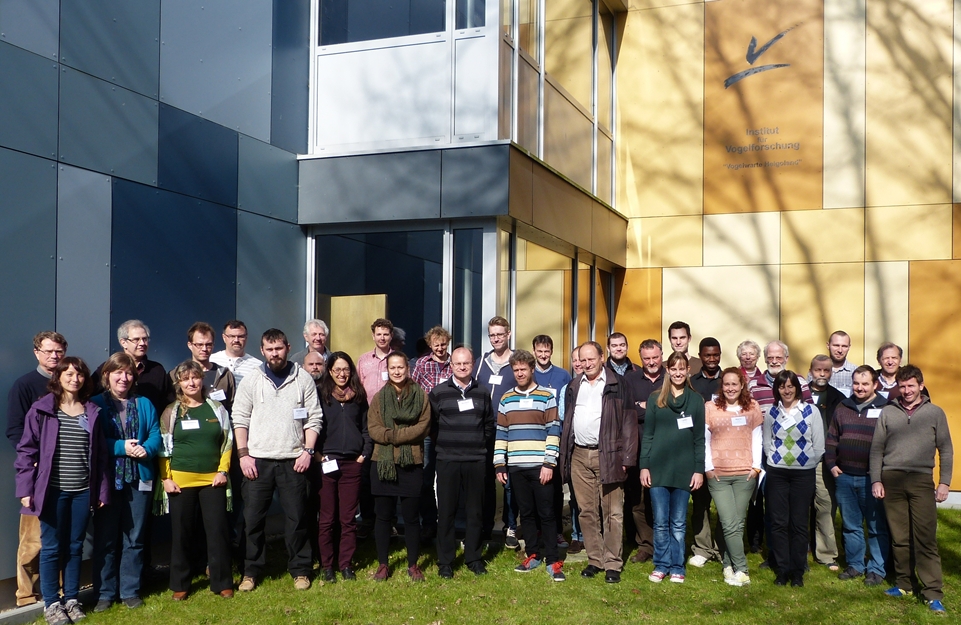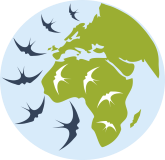 From 26-28 March 2014 in Wilhelmshaven, Germany, ~35 people from different countries, institutes and different backgrounds (research, conservation, policy) came together to discuss the current status of research on migrating landbirds within the Eurasia-African flyway. The initiative to create the Migrant Landbird Study Group (MLSG) first was brought up following the action plan proposed for the AEMLAP project under the umbrella of the Convention on Migratory Species.
From 26-28 March 2014 in Wilhelmshaven, Germany, ~35 people from different countries, institutes and different backgrounds (research, conservation, policy) came together to discuss the current status of research on migrating landbirds within the Eurasia-African flyway. The initiative to create the Migrant Landbird Study Group (MLSG) first was brought up following the action plan proposed for the AEMLAP project under the umbrella of the Convention on Migratory Species.
The meeting was divided into the different parts of the annual cycle - nonbreeding, migration and breeding - but very soon it was clear these parts cannot as such be disentangled and a more holistic approach to better understand the whole annual cycle of certain model species should be much more encouraged. In order to do so, current efforts should be brought together and synergized in order to better see the current gaps in our knowledge when it comes to migrating birds within this flyway and to see the opportunities for collaborations. This can also help to identify potential model species of which research will be brought together over the whole annual cycle. In that respect the nonbreeding grounds deserve special attention since there is still a general lack of capacity building and sustainable monitoring of and research on migrating birds on the nonbreeding grounds, where migrating birds often spend the majority of their time. It is therefore crucial to focus attention on these regions and invest in local researchers and build up local research initiatives within Africa and Asia.
In the summary notes of the meeting, we have attempted to summarize the discussions on the different parts of the annual cycle with special focus on gaps, synergies and what actions the MLSG can undertake to address those. In addition to this document, there is a list of migrant landbird species on which different researchers have been, are or want to be working on, be it either on the breeding grounds, during migration, on the nonbreeding grounds or all together in an holistic, annual cycle approach. This is meant to get a first overview of where possible collaborations could arise and where especially the focus should be using which methods.
